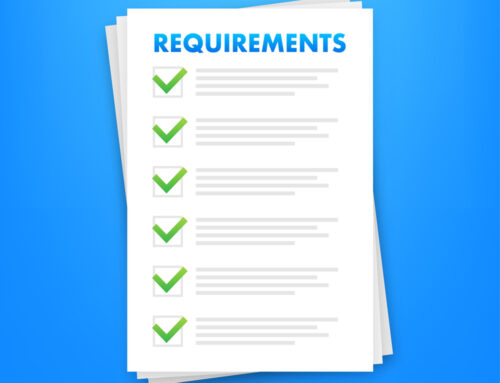 As students decide what colleges to apply to, they often wonder whether to apply anywhere Early Decision (ED). ED deadlines are typically in early November, and admissions decisions are usually released in mid- to late-December. Unlike Early Action, Early Decision involves a binding commitment, meaning that if a student is admitted, they must attend that college. Furthermore, they are expected to withdraw any other applications they’ve submitted and/or to decline any other admissions offers they’ve already received.
As students decide what colleges to apply to, they often wonder whether to apply anywhere Early Decision (ED). ED deadlines are typically in early November, and admissions decisions are usually released in mid- to late-December. Unlike Early Action, Early Decision involves a binding commitment, meaning that if a student is admitted, they must attend that college. Furthermore, they are expected to withdraw any other applications they’ve submitted and/or to decline any other admissions offers they’ve already received.
There are two main reasons why students decide not to apply anywhere ED: 1. they don’t have a clear first choice school and therefore don’t feel comfortable making a binding commitment; 2. they and their families want to be able to compare financial aid offers from multiple schools and ED does not allow for that.
As I’ve explained to countless students, the only situation in which an ED acceptance is not binding is if the financial aid the college offers does not meet the family’s needs. However, I’ve never had a student attempt to break an ED agreement for this reason, and I’ve been upfront in telling families that I’m not really sure how it works.
According to a recent New York Times article by Ron Lieber, author of The Price You Pay for College, getting out of an ED agreement for financial reasons is easier than you might think. Lieber writes, “if you can’t afford to go at the price that the college has asked you to pay, you can back out.” Although that sounds very simple, many colleges are unbelievably vague in communicating this policy to prospective students, if they communicate it at all.
As Lieber states, “Some [colleges] say they’ll work with you if your aid offer is insufficient but aren’t clear that you can walk away. Others compose their early decision websites without ever acknowledging that any such thing could happen . . .”
So, what should you do if you’ve been admitted to a college ED but received a financial aid offer that isn’t sufficient? Lieber advises that before you ask to be released from your ED agreement, you should politely request more money. Explain that this school remains your first choice and you really want to attend but your family cannot afford it with the current offer.
If the college doesn’t come through, then decline the acceptance (again, politely). You also should inform your high school counselor of your decision. High schools spend years building relationships with college admissions offices. While backing out of an ED agreement should not affect how a college evaluates applicants from your high school in the future (despite what you may have heard to the contrary), it’s still important to let your counselor know what happened.
For students who have not yet applied to college but are considering Early Decision, Lieber recommends using a school’s net price calculator to get an estimate of how much financial aid (if any) the school will offer you. The government requires all colleges to have a net price calculator on their website so that families can get an idea of what a college will cost before students apply.
The next step is more of a directive for parents: once you know how much you’ll likely have to pay at a particular school, consider what you’re able and willing to pay. There may be a difference between what you can afford and what you’re prepared to spend, and that’s ok. However, if that’s the case, you need to be honest with your child about your budget, and applying ED is probably inadvisable.
Although you can break an ED agreement for financial reasons, applying ED is still not a decision that should be taken lightly. As I like to tell students, if you’re not 110% sure that a college is your first choice (and yes, I know that’s mathematically impossible), you shouldn’t apply ED.





